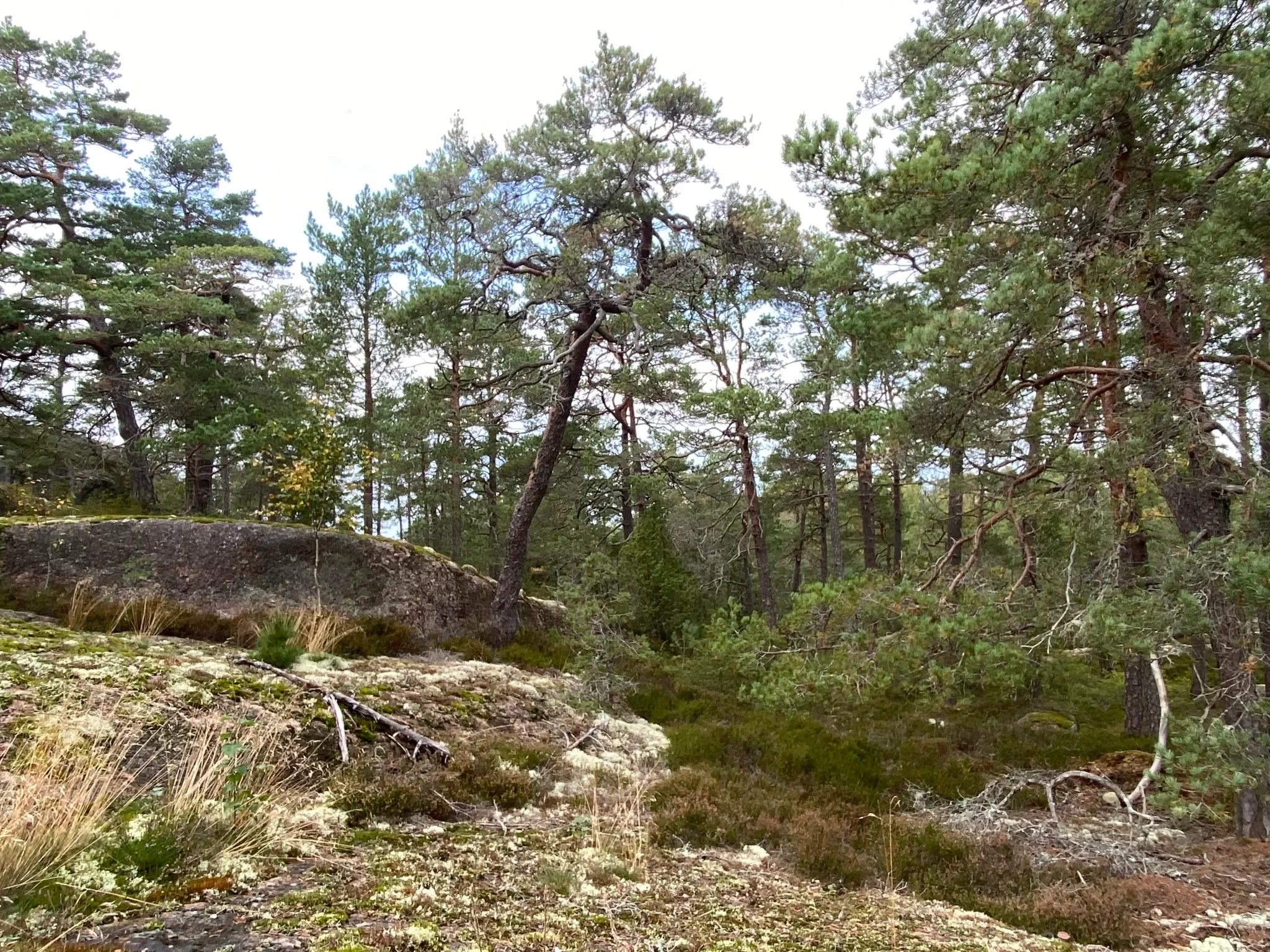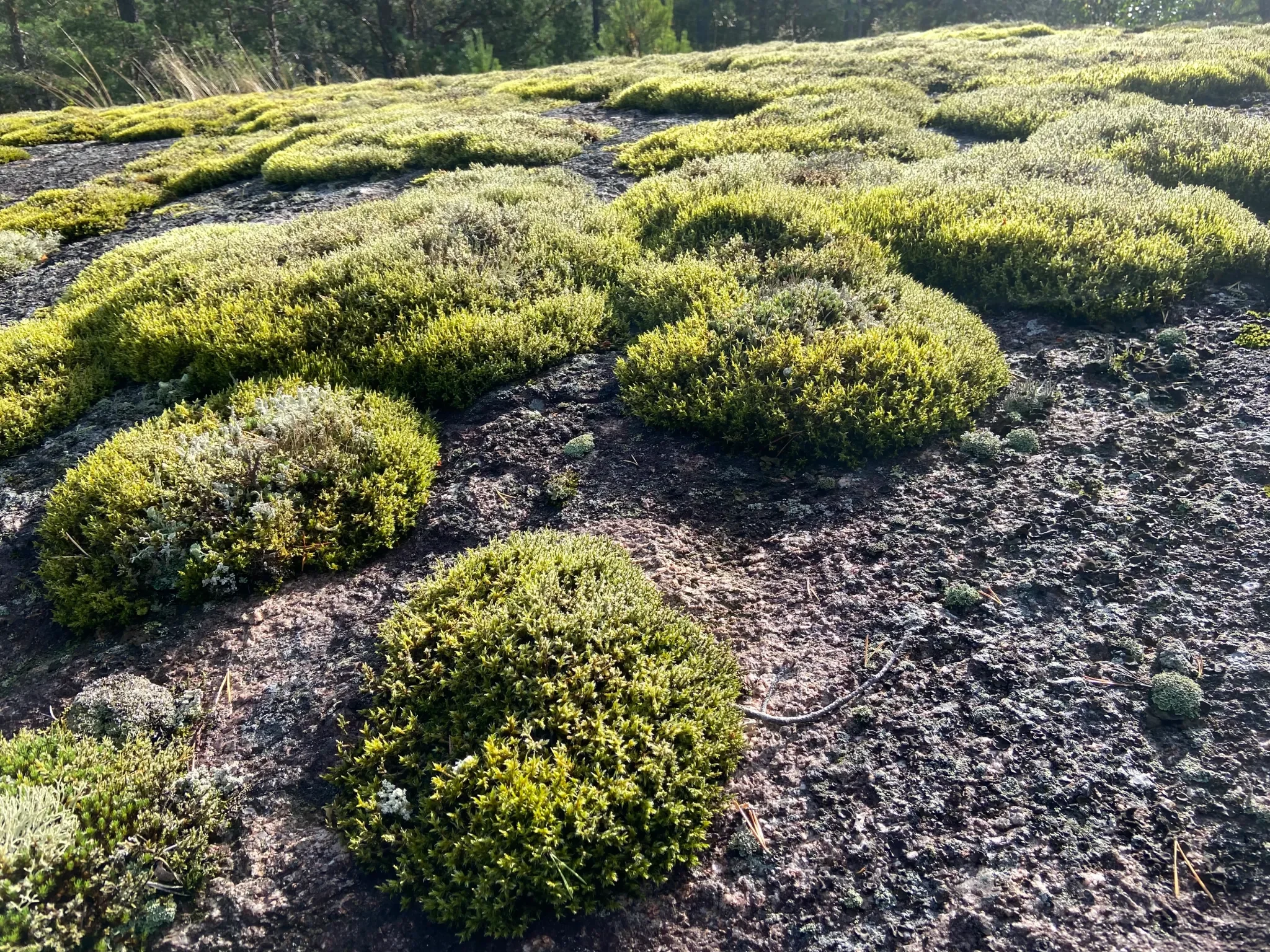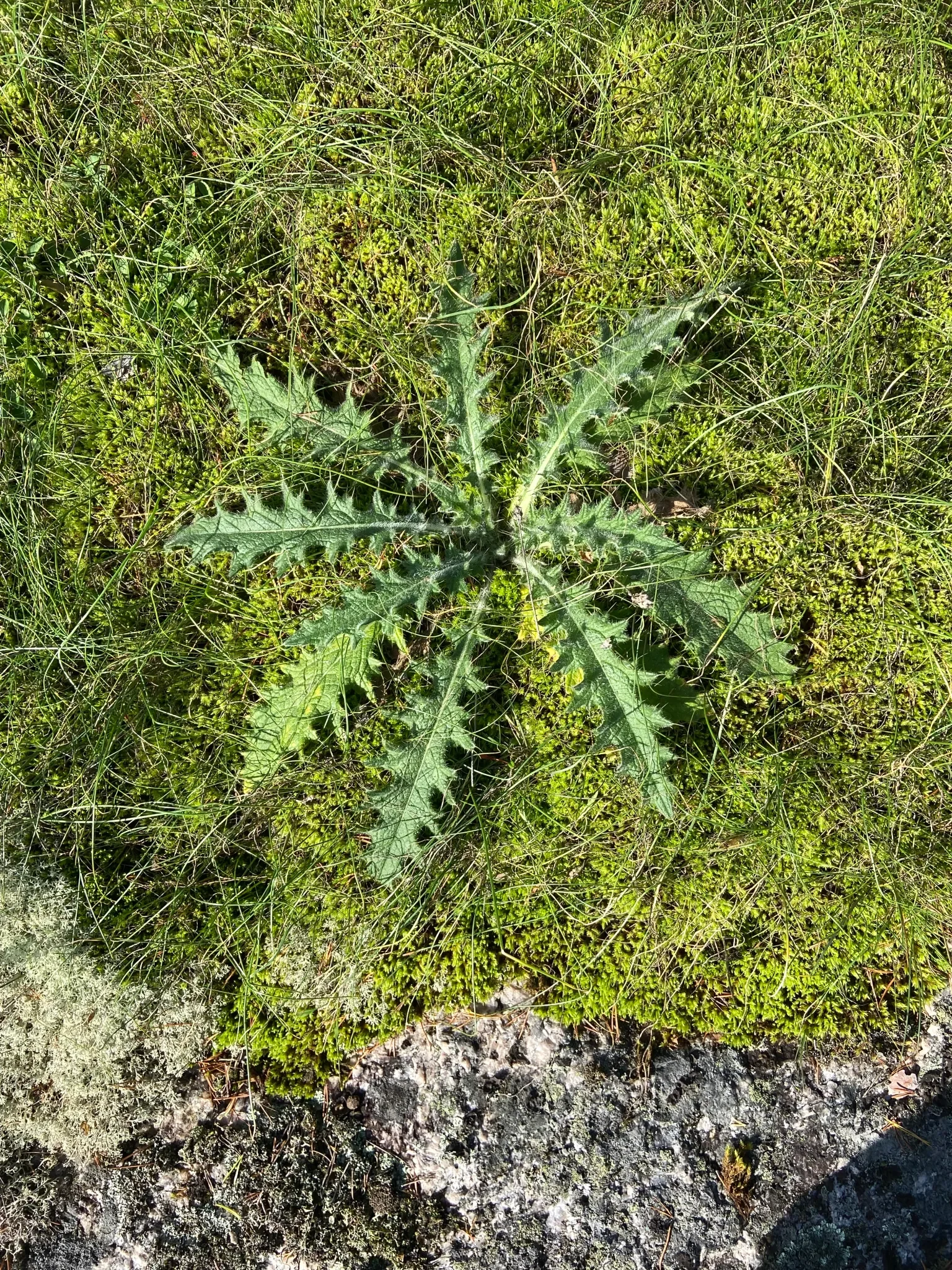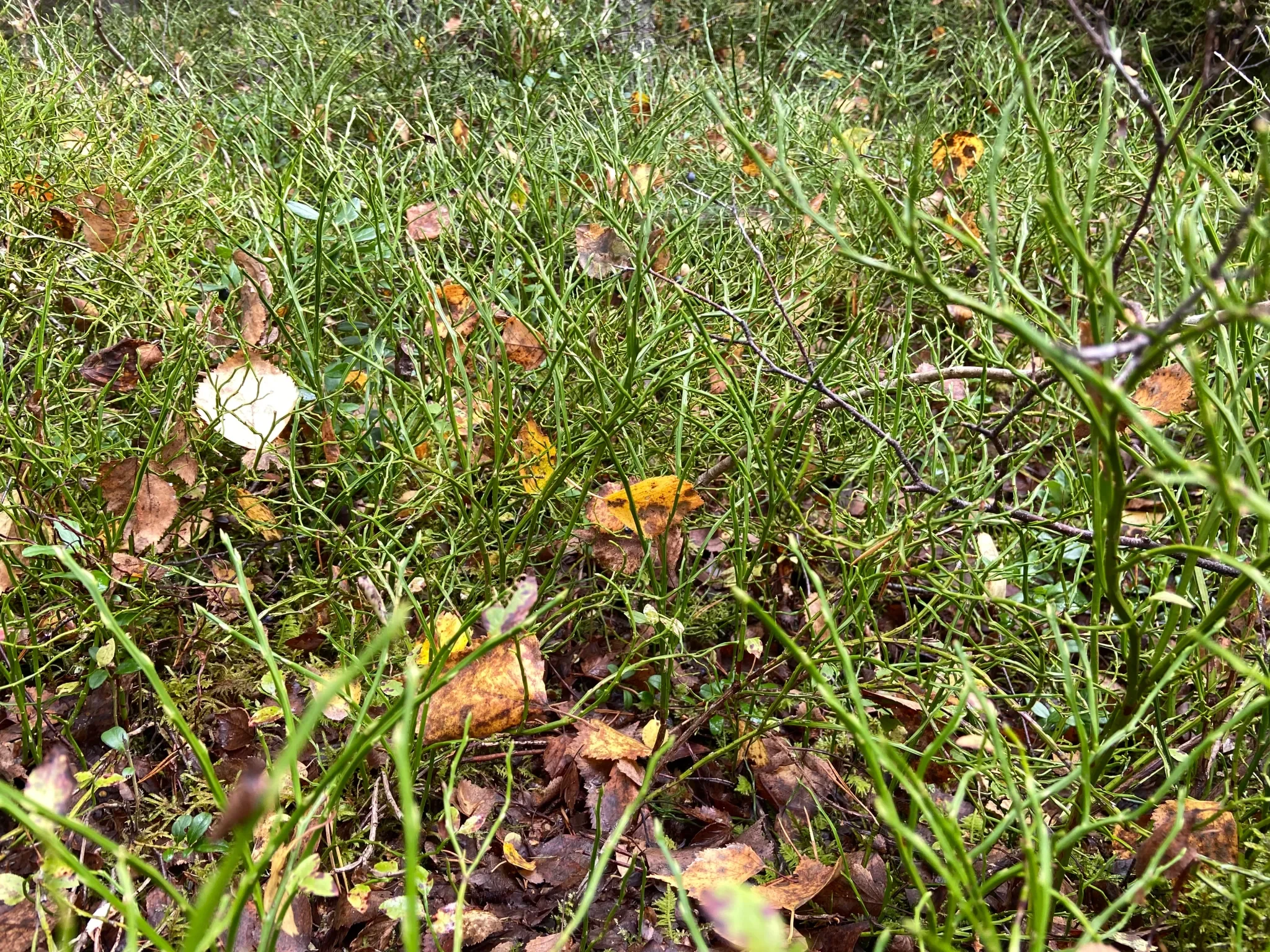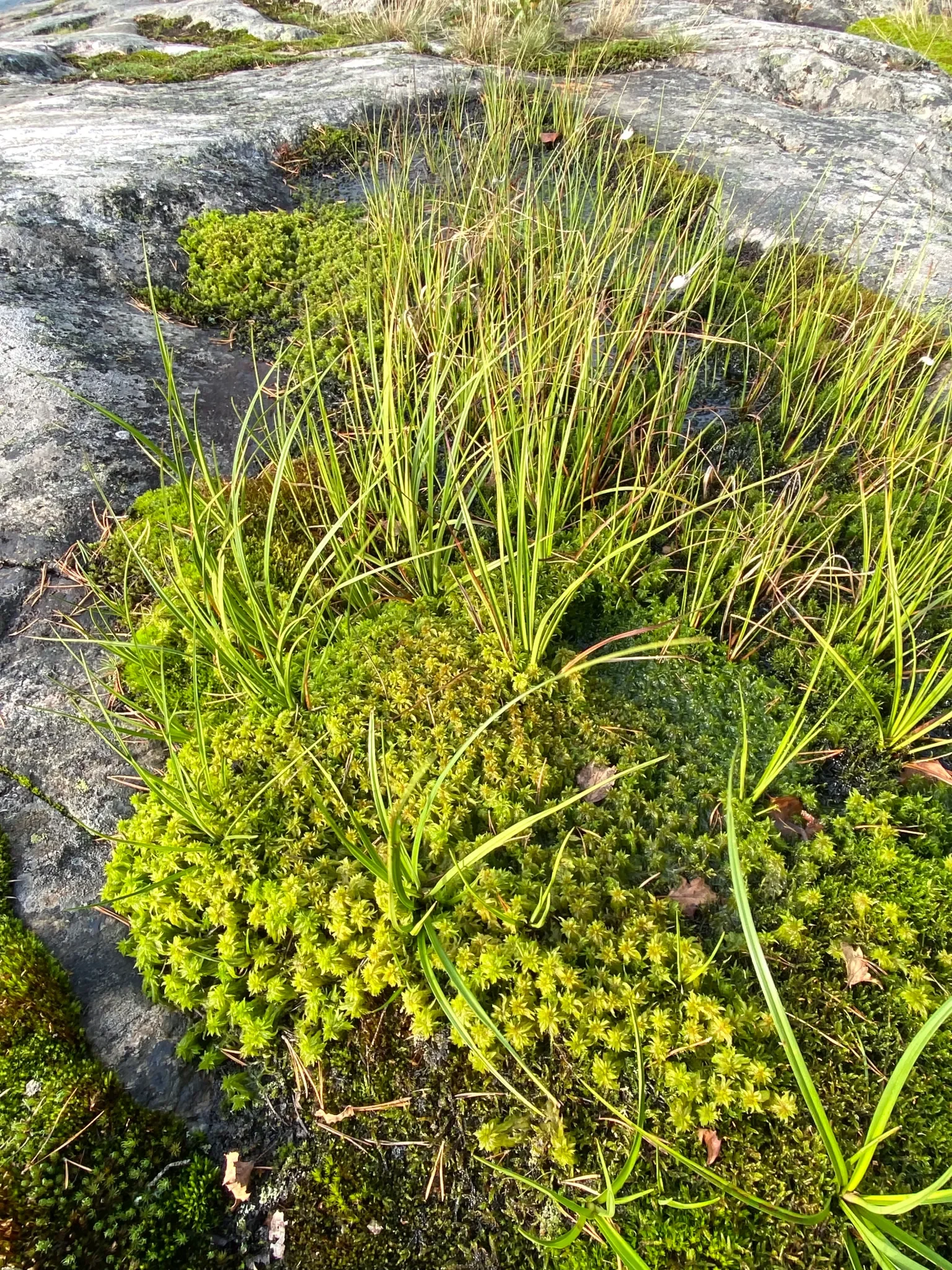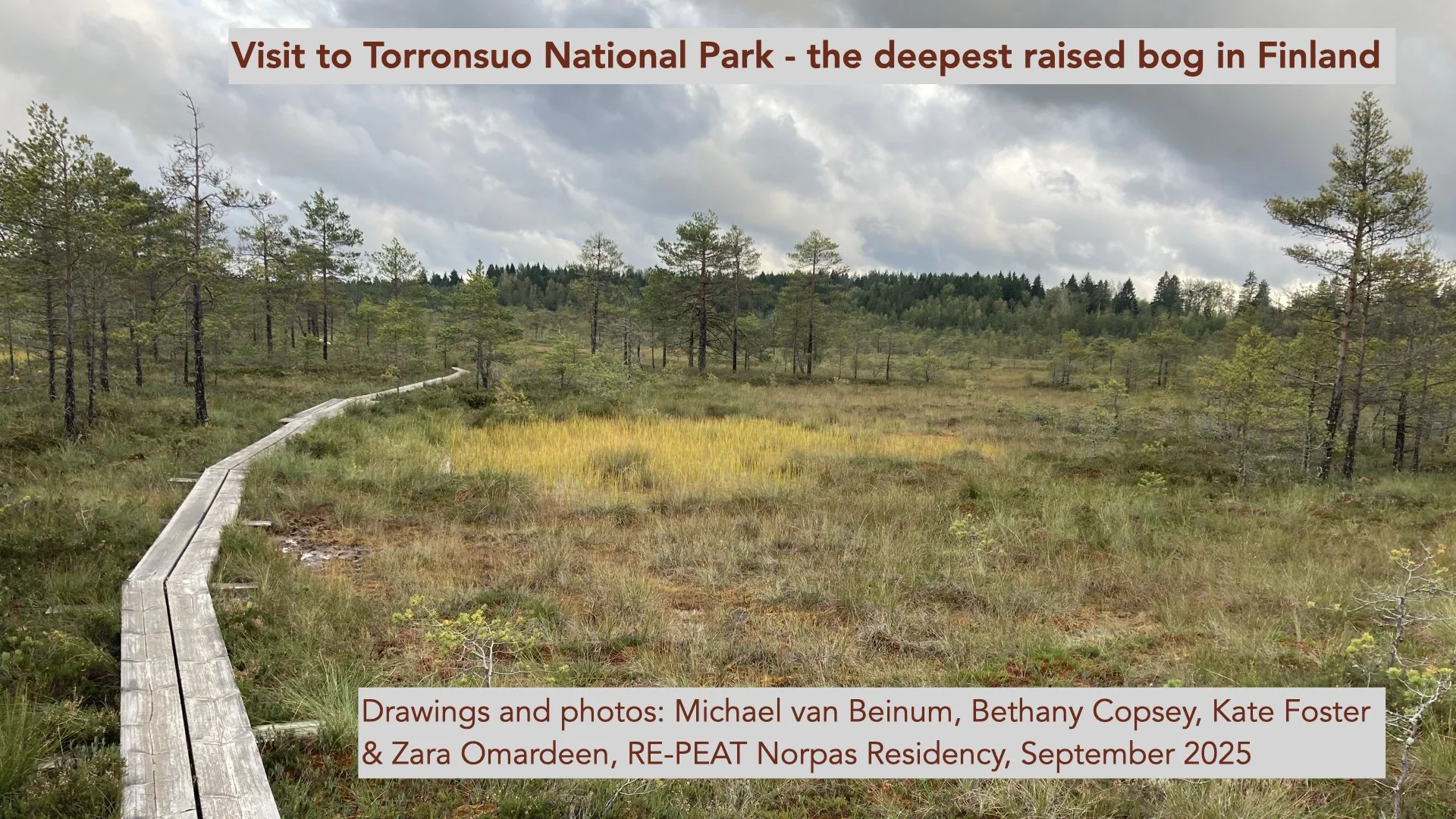Places of possibility - memories from Finland
A piece by Kate Foster - check out her blog here!
Last September, I got to walk along a wild part of the Archipelago Coast in south Finland and see different plants growing on the rocks, creating peatbog and forest. This place, the Purunpää Wilderness Area, is a precious strip of ‘wildness and wet’ in a land where many bogs and forests are degraded.
This place touched me deeply, making me ask myself what was so wondrous about walking there. One thing is that I have long wanted to see a natural transition between peat bogs and forest, a rare ecotone in landscapes that are shaped by extraction and monoculture. And being on the rocky Baltic coast gave another dimension, as the land is still noticeably rising after the Ice Ages. This gave a moment to step out of a human-centred perception, to witness a place where other species are making the world over a time scale beyond my own. Especially, it gave a sense of the intelligence and power of plants.
My spirits lifted to be in a wild place, where plants could respond to their own situation in their own way. Why did I find this so very relaxing? why was I so reluctant to leave?
It was a moment to tread carefully and unlearn aesthetics internalised by extractivism – with its associated monocultures.
These photos and notes come from conversations during the walk.
“It is an archipelago within the archipelago – you see how lichen lands on a rock and forms islands in the rock and then you can feel that conditions favour one plant, or the other. You can see the process of soil formation and erosion: how the different plant communities wax and wane and thrive and die.“
“I’m just looking at a dark green circle with a very light green lichen on the rock with lots of little dots around it, leading to small Pines bent over and then just a little bit inland the pines are growing tall and have Bilberries and cranberries underneath them.“
A miniature peat bog on the rocky shore
“If there is a little dip, the water flows into it and then things settle in it. You can’t call it just a swamp or just a moss, its is all both and possibly everything. In there grow little short mosses, and in those grow reindeer moss that forms little hummocks, and they too gather the soils and nutrients, and if the dip is big enough, little seedlings will grow, heather and grasses, and all this creates more soil. So you have beautiful little islands with maybe 20 different species huddled together in a square metre.. “
Scots pine forest with lichen and berry understory, a few metres inland
The trees you see are Scots pine and birch and spruce with very fine needles: the trees are mostly small, but you don’t know how old they are, maybe even a 100 years old? Some have died: is it because they are old or did they not have a large enough crevice? It is like a Scottish Caledonian pine forest in miniature, each tree having a different shape. They are not particularly bent in one direction by the wind – the main thing shaping them seems to be where their roots can grow, and how hard their roots can hold when there are winds.
“One of the things about this area is that you see transition – you see lots of possibilities, lots of different directions that the plant cover could take. This unfixes your ideas of a classification for a landscape, you think this is an ecotone, not in a monoculture where something is dominant. It is where there is flux and possibility and this makes me aware of the provisional nature of how peatbogs or forests are classified. So it is a really good place to unfix and unlearn and imagine a process over time.“
This visit was made possible through RE-PEAT‘s residency, courtesy of Norpas in Dalsbruk.
Follow these links to see zines documenting different experiences.
Visit to Torronsuo National Park – the deepest raised bog in Finland.
Reflections on a Norpas Residency by a guest, Michael van Beinum



